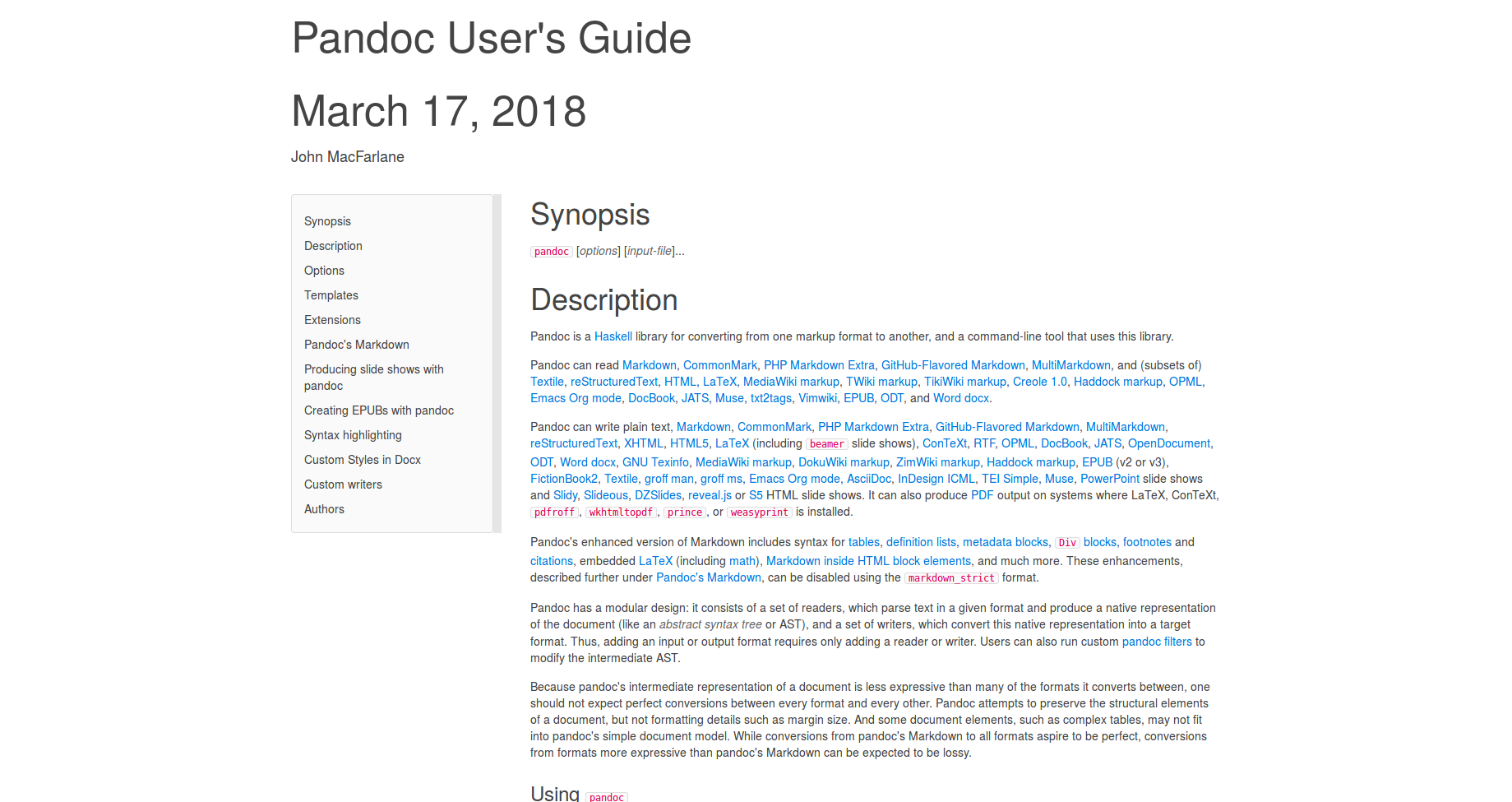

#Filewatcher with obersavable collection how to
When you want to refresh the component data source like that, there are two important framework behaviors you need to be aware of - when ObservableCollection instances fire events, and how to refresh the data of a component when it is not an observable collection. The most common reason you would use an ObservableCollection is to make a component (like a grid, treeview, treelist, dropdown) change or react when you change that collection.
#Filewatcher with obersavable collection trial
Returns a string that represents the current object.Īttempts to transition the underlying Task into the Canceled state.Īttempts to transition the underlying Task into the Canceled state and enables a cancellation token to be stored in the canceled task.Īttempts to transition the underlying Task into the Faulted state and binds it to a specified exception.Īttempts to transition the underlying Task into the Faulted state and binds a collection of exception objects to it.Īttempts to transition the underlying Task into the RanToCompletion state.Download free 30-day trial Observable Data and Refresh Data Transitions the underlying Task into the RanToCompletion state.

Transitions the underlying Task into the Faulted state and binds a collection of exception objects to it. Transitions the underlying Task into the Faulted state and binds it to a specified exception. Transitions the underlying Task into the Canceled state using the specified token. Transitions the underlying Task into the Canceled state. Gets the Task created by this TaskCompletionSource.ĭetermines whether the specified object is equal to the current object.Ĭreates a shallow copy of the current Object. TaskCompletionSource(TaskCreationOptions)Ĭreates a TaskCompletionSource with the specified options. TaskCompletionSource(Object, TaskCreationOptions)Ĭreates a TaskCompletionSource with the specified state and options. The Parallel Extensions samples also contain examples of how to use TaskCompletionSource.Ĭreates a TaskCompletionSource with the specified state. For more information, see the entry The Nature of TaskCompletionSource in the Parallel Programming with. The separation also ensures that consumers are not able to transition the state without access to the corresponding TaskCompletionSource. This enables the completion of the external asynchronous operation to be propagated to the underlying Task.

However, unlike most tasks, the state of a task created by a TaskCompletionSource is controlled explicitly by the methods on TaskCompletionSource. The consumers can use the members of the task the same way as they would in any other scenario handling task member variables. It enables the creation of a task that can be handed out to consumers.

TaskCompletionSource is provided for this purpose. The attempt to get the result of t1 blocks the current thread until the completion source gets signaled.Ĭonsole.WriteLine("(ElapsedTime=): ", sw.ElapsedMilliseconds) Ĭonsole.WriteLine("The following exceptions have been thrown by t2.Result: (THIS WAS EXPECTED)") įor (int j = 0 j to represent an external asynchronous operation. Start a background task that will complete tcs1.Task TaskCompletionSource tcs1 = new TaskCompletionSource() The attempt to get t2.Result blocks for ~1000ms until tcs2 gets signaled. The attempt to get t1.Result blocks for ~1000ms until tcs1 gets signaled. The following example shows how to use a TaskCompletionSource: using System


 0 kommentar(er)
0 kommentar(er)
